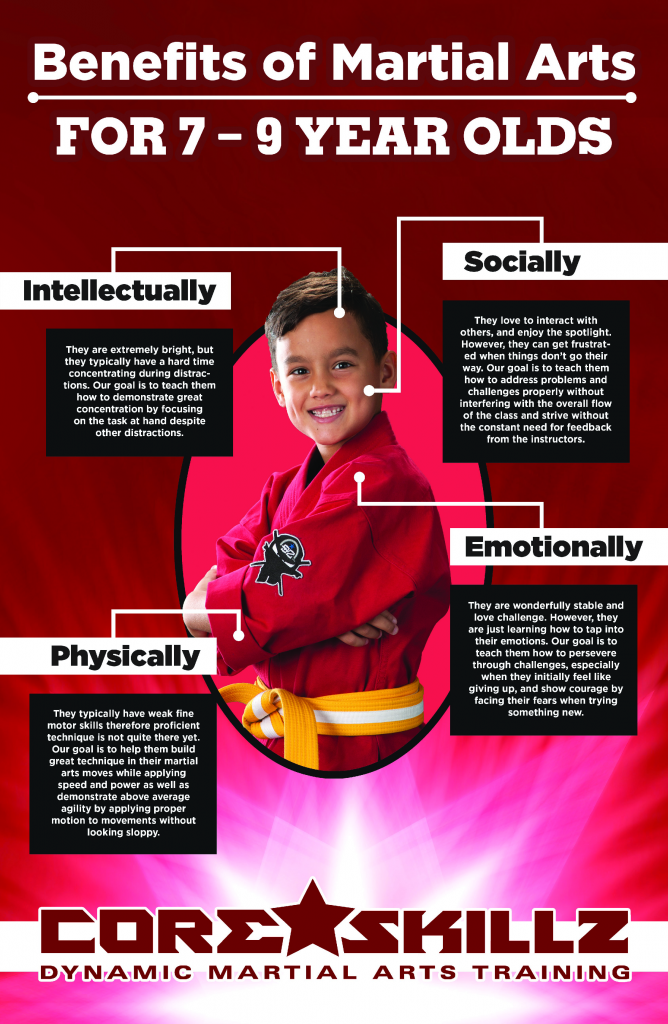The Worldwide Journey And Advancement Of Martial Arts Throughout Background
The Worldwide Journey And Advancement Of Martial Arts Throughout Background
Blog Article
Material Author-Sutton TRUE
Martial arts have an interesting background that covers centuries and continents. You may locate it fascinating just how old techniques like Shuai Jiao and Kalaripayattu prepared for modern battle strategies. These disciplines not just highlight physical abilities yet likewise mirror the societies that birthed them. As you explore their evolution, consider just how globalization has actually transformed these traditional kinds right into crossbreed styles. What impacts do you believe have shaped today's martial arts landscape?
Ancient Martial arts: The Structures of Battle
As you delve into the globe of old martial arts, you'll find the rich foundations that formed battle strategies across cultures. Early methods concentrated on Self-Defense and survival, often incorporating strikes, hurting, and weaponry.
In old China, as an example, strategies like Shuai Jiao highlighted tosses and joint locks, while India's Kalaripayattu showcased dexterity and liquid movement. Japanese samurai developed Kenjutsu, a refined swordsmanship that highlighted self-control and method.
These martial arts served not just for battle but also as a way of individual advancement, instilling worths like respect and perseverance. The blending of these strategies in time laid the groundwork for the diverse martial arts you see today, each mirroring the one-of-a-kind viewpoints and requirements of its society.
The Social Influence on Martial Arts Development
While martial arts typically reflect the useful needs of a society, they also embody the cultural worths and beliefs of their beginnings. When you explore various martial arts, you'll notice just how they're influenced by faith, approach, and social standards.
As an example, the focus on respect and technique in Japanese martial arts comes from Zen Buddhism and samurai culture. In contrast, Brazilian Jiu-Jitsu advertises versatility and technique, formed by the requirement for efficiency in a diverse, modern setting.
You may discover that the routines, attires, and training methods reflect a neighborhood's background and identification. By understanding these social influences, you grow your admiration of martial arts and their duty fit human experiences around the world.
Modern Adaptations and the Globalization of Martial arts
Martial arts have actually changed substantially in recent decades, adjusting to contemporary culture and international influences. You'll observe that standard types have combined with modern techniques, developing hybrid styles like mixed martial arts. Read Homepage cater to varied audiences, making martial arts easily accessible and appealing around the world.
With the increase of social networks and digital systems, you can find tutorials and competitors from all corners of the globe, damaging geographical obstacles. This globalization has resulted in a common admiration for various techniques, from Brazilian Jiu-Jitsu to Taekwondo.
As you involve with these arts, you'll understand they're not nearly combat; they promote fitness, technique, and psychological wellness.
Ultimately, modern-day adjustments have enriched the martial arts landscape, making it a dynamic and evolving method.
Final thought
In checking out the background and development of martial arts, you uncover a remarkable mix of techniques, cultures, and ideologies. From ancient disciplines like Shuai Jiao and Kalaripayattu to the modern adaptability seen in MMA, martial arts mirror mankind's mission for Self-Defense and personal growth. As you engage with these techniques, you not only gain abilities but also a much deeper appreciation for the diverse traditions that form our world today. So, continue see it here and welcome the art of fight!
